Home>Garden Essentials>How Does Astro Turf Perform In Heat
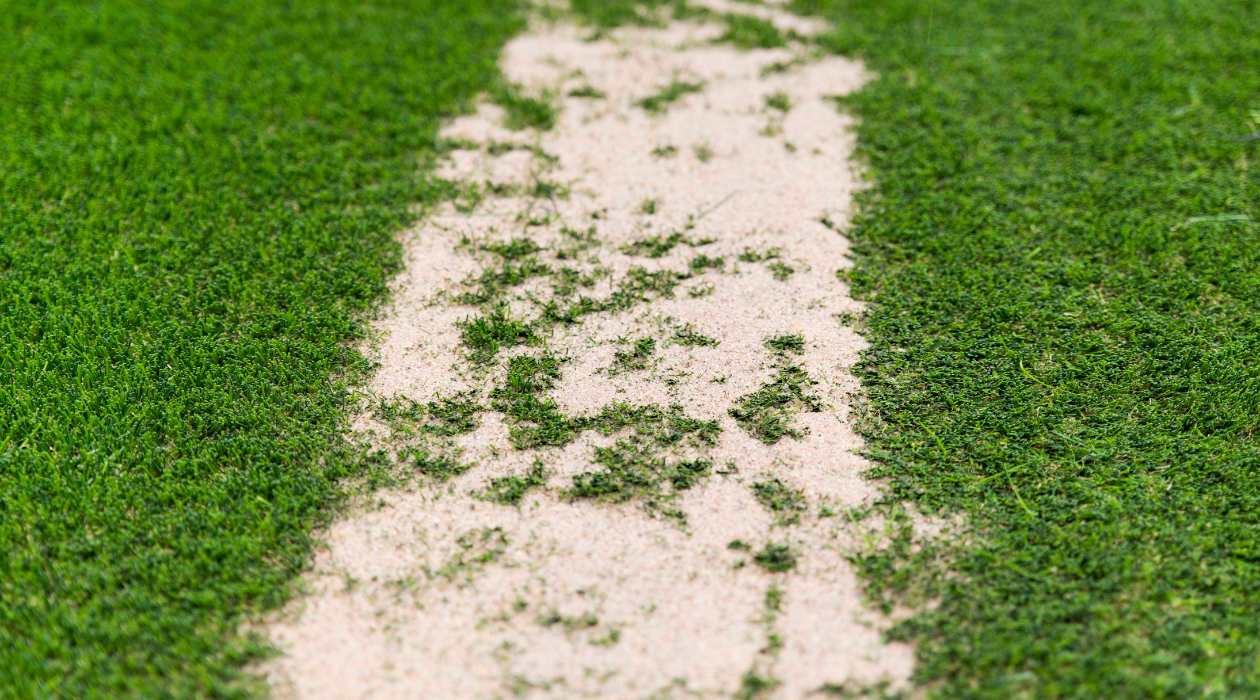

Garden Essentials
How Does Astro Turf Perform In Heat
Modified: March 7, 2024
Discover how Astro Turf performs in heat and transforms your garden into a resilient and vibrant space. Enjoy the benefits of low maintenance and year-round greenery!
(Many of the links in this article redirect to a specific reviewed product. Your purchase of these products through affiliate links helps to generate commission for Storables.com, at no extra cost. Learn more)
Introduction
Astro Turf, also commonly known as artificial turf or synthetic grass, has gained immense popularity in recent years as a low-maintenance alternative to natural grass. Its realistic appearance, durability, and ability to withstand various weather conditions make it a preferred choice for many homeowners, businesses, and sports facilities. However, one question that often arises is how Astro Turf performs in heat.
In this article, we will delve into the performance of Astro Turf in high temperatures and explore the factors that can affect its durability and overall performance. Additionally, we will discuss the benefits of Astro Turf in hot climates and the challenges that may arise when using it in such conditions. Lastly, we will provide some best practices for maintaining Astro Turf in heat to ensure its longevity and optimal performance.
Key Takeaways:
- Astro Turf can withstand high temperatures, but heat can affect its durability. Proper maintenance, heat reduction measures, and quality materials are key to ensuring its longevity in hot climates.
- Astro Turf offers benefits in hot weather, such as water conservation and low maintenance. However, challenges like heat retention and color fading require regular cleaning, proper infill maintenance, and shade structures for optimal performance.
Read more: How Does Astro Turf Drain
Understanding Astro Turf
Astro Turf, or artificial turf, is a synthetic surface that mimics the appearance and feel of natural grass. It is composed of synthetic fibers, typically made from materials such as polyethylene or polypropylene, which are tufted or knitted into a backing material. This backing is then attached to a stable base, such as a compacted layer of sand or an artificial substrate, to create a stable and durable surface.
One of the primary advantages of Astro Turf is its ability to withstand heavy use and adverse weather conditions. Unlike natural grass, which requires regular watering, mowing, and fertilization, Astro Turf maintains its lush green appearance with minimal upkeep. Additionally, it offers excellent drainage properties, allowing water to permeate through the surface and prevent puddles and mud from forming.
Another benefit of Astro Turf is its consistency. Unlike natural grass, which can become uneven and worn in high traffic areas, Astro Turf maintains a level and resilient surface, making it ideal for sports fields and recreational areas. It also provides a uniform playing surface, reducing the risk of slips, trips, and uneven ball bounces.
Furthermore, Astro Turf is designed to be UV-resistant, meaning it can withstand prolonged exposure to sunlight without significant fading or deterioration. This is essential for areas that experience high temperatures and intense sunlight.
Overall, Astro Turf is a versatile and durable alternative to natural grass, offering numerous benefits for homeowners, businesses, and sports facilities alike. However, like any synthetic material, it is essential to understand how Astro Turf performs under specific environmental conditions, including heat, to ensure its longevity and optimal performance.
The Impact of Heat on Astro Turf
Heat can significantly impact the performance and longevity of Astro Turf. High temperatures, especially in hot climates, can cause changes in the physical properties of the synthetic fibers and the backing material, potentially leading to various issues.
One of the main concerns with heat and Astro Turf is the expansion and contraction of the materials. When exposed to intense heat, the synthetic fibers can expand, causing them to become stiff and rigid. This can affect the overall comfort and playability of the surface, making it less enjoyable and potentially increasing the risk of injuries.
In addition, the backing material, which holds the synthetic fibers in place, can also be affected by heat. Excessive heat can cause the backing to shrink or warp, compromising the stability and integrity of the Astro Turf surface. This can result in uneven areas, wrinkles, or even tears, making the surface less safe and aesthetically pleasing.
Furthermore, the heat can impact the infill material, which is typically composed of fine particles like sand or rubber granules. In high temperatures, the infill can become extremely hot, making the surface uncomfortable to walk or play on. It can also lead to increased heat retention, creating a localized hot spot that may be uncomfortable or even dangerous, especially for barefoot users.
Another critical aspect affected by heat is the color retention of Astro Turf. While modern Astro Turf is designed to be UV-resistant, extreme heat can still accelerate the fading process. This can result in a loss of color vibrancy, making the surface look worn and less appealing over time.
Ultimately, the impact of heat on Astro Turf depends on various factors, including the specific materials used, the installation quality, and the intensity and duration of the heat exposure. It is crucial to understand and address these potential issues to ensure the long-term performance and durability of the Astro Turf surface.
Factors Affecting Astro Turf Performance in Heat
Several factors can influence how Astro Turf performs in high temperatures. Understanding these factors can help mitigate potential issues and ensure the optimal performance and longevity of the synthetic grass.
1. Fiber Composition: The type of materials used in the synthetic fibers can play a role in how the Astro Turf responds to heat. High-quality turf with heat-resistant fibers, such as polyethylene or polypropylene, are generally more durable and better suited to withstand extreme temperatures.
2. Infill Material: The infill material used in Astro Turf serves multiple purposes, including stabilization and shock absorption. In hotter climates, lighter-colored infill material or natural infill options like cork can help reduce the surface temperature by reflecting heat away.
3. Installation Quality: Proper installation is critical for the performance of Astro Turf in heat. The base, drainage system, and seams must be installed correctly to ensure optimal heat dissipation and prevent issues like uneven expansion or contraction under high temperatures.
4. Heat Exposure Duration: The duration of heat exposure can have a significant impact on the performance of Astro Turf. Prolonged exposure to high temperatures can accelerate the degradation process, leading to issues like color fading, stiffness of the fibers, or shrinkage of the backing material.
5. Maintenance Practices: Regular maintenance is essential to preserve the performance of Astro Turf in heat. Proper brushing, decompaction, and infill redistribution can help prevent heat retention and ensure that the synthetic grass stays cool and comfortable.
6. Shade and Ventilation: Natural or built shade structures can offer relief from direct sunlight, reducing heat buildup on the Astro Turf surface. Additionally, adequate ventilation, including proper spacing between turf rolls and perforated backing material, can help dissipate heat more efficiently.
By considering these factors and taking appropriate measures, such as choosing high-quality materials, ensuring proper installation, and implementing effective maintenance practices, the performance of Astro Turf in heat can be optimized, making it a reliable and durable option even in the hottest climates.
During hot weather, Astro Turf can become very hot to the touch. To reduce heat buildup, consider using a light-colored infill material and watering the turf to cool it down.
Benefits of Astro Turf in Heat
Astro Turf offers several advantages in hot weather conditions, making it a popular choice for landscaping and sports facilities in regions with high temperatures. Here are some of the key benefits of using Astro Turf in heat:
1. Heat Tolerance: Unlike natural grass, which can struggle to survive in scorching temperatures, Astro Turf is designed to withstand the heat. Its synthetic fibers and UV-resistant properties allow it to maintain its appearance and functionality, even under intense sunlight and high temperatures.
2. Water Conservation: One of the significant benefits of Astro Turf in heat is its ability to conserve water. In regions where water scarcity or drought is a concern, Astro Turf provides a sustainable landscaping solution. It eliminates the need for constant watering, reducing water consumption and maintaining a green, lush appearance all year round.
3. Low Maintenance: Another advantage of Astro Turf in heat is its minimal maintenance requirements. Traditional grass often demands regular watering, mowing, and fertilizing to thrive in hot weather. With Astro Turf, you can say goodbye to these tasks. It only requires occasional cleaning and grooming to remove debris and keep it looking its best.
4. Consistent Playability: Astro Turf provides a consistent playing surface, even in hot weather conditions. Unlike natural grass, which can become dry and patchy, Astro Turf maintains a consistent texture and bounce, making it ideal for sports activities and recreational use. Athletes can perform at their best without worrying about uneven terrain or slipping on dry grass.
5. Enhanced Durability: Heat and intense sunlight can take a toll on natural grass, leading to brown patches and weakened root systems. Astro Turf, on the other hand, is highly durable and resistant to heat damage. It can withstand heavy use, including sports activities, without yellowing or drying out.
6. Allergy-Friendly: For individuals who suffer from grass allergies, Astro Turf provides relief. Since it is synthetic, it does not produce pollen or trigger common grass-related allergies. People can enjoy outdoor activities without worrying about their allergy symptoms acting up in the heat.
Overall, Astro Turf’s heat tolerance, water conservation benefits, low maintenance requirements, consistent playability, enhanced durability, and allergy-friendly nature make it a desirable choice for hot weather conditions. Whether it’s a residential lawn, a sports field, or a commercial landscape, Astro Turf can thrive and provide a visually appealing and functional outdoor space in even the hottest climates.
Read more: How Long Does Astro Turf Last
Challenges of Astro Turf in Heat
While Astro Turf offers numerous benefits in hot weather conditions, there are also some challenges that need to be considered. Understanding these challenges can help ensure proper maintenance and optimal performance of the synthetic grass in high temperatures.
1. Heat Retention: One of the primary challenges of Astro Turf in heat is its tendency to retain heat. Synthetic materials can absorb and radiate heat, making the surface feel hotter than natural grass. This can be uncomfortable for users, especially when the temperature is high. Implementing shade structures or using lighter-colored infill can help mitigate heat retention to some extent.
2. Potential for Melting: Extreme heat can cause the synthetic fibers of Astro Turf to melt or warp. This is more likely to occur in areas with reflective surfaces, such as windows or mirrors, which can intensify the heat. It is essential to prevent direct exposure to intense heat sources and take steps to reduce heat buildup to minimize the risk of melting or warping.
3. Expansion and Contraction: Like all materials, Astro Turf expands and contracts with temperature changes. In hot weather, the synthetic fibers and backing material can expand, causing the surface to become stiff and potentially lead to wrinkles or bubbles. Proper installation techniques, including allowing sufficient space for expansion, can help minimize these issues.
4. Color Fading: While Astro Turf is designed to be UV-resistant, prolonged exposure to intense sunlight and heat can still cause some degree of color fading. This can result in a less vibrant and natural appearance over time. Choosing high-quality products with fade-resistant properties and implementing appropriate shade measures can help mitigate color fading.
5. Odor Development: In hot weather, Astro Turf may be more prone to developing unpleasant odors due to bacteria growth. The combination of heat and moisture can create an environment conducive to bacterial activity. Regular cleaning and proper maintenance practices, including the use of antimicrobial products, can help minimize odor development.
6. Infill Movement: High temperatures can impact the stability of the infill material used in Astro Turf. Excessive heat can cause the infill particles to become compacted or displaced, leading to uneven surfaces and reduced shock absorption. Regular maintenance, including infill redistribution, can help maintain proper infill levels and prevent issues associated with infill movement.
It is important to address these challenges to ensure the long-term performance and durability of Astro Turf in heat. By implementing appropriate maintenance practices, monitoring heat exposure, and considering preventive measures, these challenges can be mitigated, allowing for an enjoyable and functional synthetic grass surface even in hot weather conditions.
Best Practices for Maintaining Astro Turf in Heat
Maintaining Astro Turf in hot weather conditions requires proper care and attention to preserve its longevity and performance. Here are some best practices to follow when maintaining Astro Turf in heat:
1. Regular Cleaning: Keep the Astro Turf surface clean by removing any debris, leaves, or dirt regularly. Use a leaf blower, a broom, or a soft-bristle brush to sweep the surface and prevent the buildup of contaminants that can affect its appearance and functionality.
2. Proper Watering: While Astro Turf doesn’t require watering like natural grass, it is still beneficial to rinse the surface occasionally to remove dust and cool down the fibers. Use a hose with a gentle spray attachment to moisten the surface without causing over-saturation.
3. Brushing and Grooming: Regularly brush and groom the Astro Turf to keep the fibers upright and prevent matting. Use a stiff-bristled brush or a specialized Astro Turf rake to brush in different directions, ensuring even distribution of the infill material and maintaining a natural appearance.
4. Managing Heat Retention: Implement measures to reduce heat retention on the Astro Turf surface. Consider installing shade structures, umbrellas, or awnings to provide relief from direct sunlight. Additionally, using lighter-colored infill material or opting for natural infill options like cork can help reduce surface temperature by reflecting heat away.
5. Addressing Odor Development: In hot weather, Astro Turf may be prone to developing odors due to bacterial growth. To prevent this, regularly treat the surface with an antimicrobial spray or cleanser. Ensure proper drainage to prevent water accumulation and moisture retention, as this can promote bacterial activity.
6. Proper Infill Maintenance: Monitor the infill material and ensure it is evenly distributed and at the appropriate level. Periodically inspect and check for any displacement or compaction. Use a brush or a specialized machine to redistribute the infill and maintain optimal shock absorption and surface stability.
7. Protecting Against Melting: Prevent the risk of synthetic fibers melting or warping by avoiding direct exposure to intense heat sources. Pay attention to nearby reflective surfaces, such as windows or mirrors, which can intensify the heat. Consider using shade structures or installing sun-blocking films on windows to reduce heat radiation onto the Astro Turf surface.
8. Professional Maintenance: Engage professionals for periodic deep cleaning and maintenance. They have the expertise and specialized equipment to thoroughly clean and rejuvenate the Astro Turf surface, ensuring optimal performance and longevity.
By following these best practices for maintaining Astro Turf in heat, you can ensure a clean, safe, and visually appealing synthetic grass surface that thrives in even the hottest weather conditions.
Conclusion
Astro Turf, or artificial turf, can offer many benefits in hot weather conditions, making it a popular choice for landscaping and sports facilities in regions with high temperatures. Despite its advantages, there are considerations and challenges when it comes to maintaining Astro Turf in heat.
Understanding the impact of heat on Astro Turf and the factors that can affect its performance is essential. Heat can cause the expansion and contraction of materials, potential melting, color fading, and odor development. However, by implementing best practices, these challenges can be mitigated, allowing for optimal performance and longevity.
Regular cleaning, proper watering, brushing, and grooming help keep the Astro Turf surface clean, cool, and in optimal condition. Managing heat retention through shade structures, lighter-colored infill, and ventilation is crucial for ensuring a comfortable playing surface. Addressing issues such as odor development and infill movement through proper maintenance practices is also important.
It’s important to note that the quality of materials used, installation techniques, and professional maintenance play a significant role in the performance of Astro Turf in heat. Engaging experts for periodic deep cleaning and maintenance can help maximize the durability and functionality of the synthetic grass.
In conclusion, Astro Turf can be a reliable and resilient option for hot weather conditions, offering water conservation, low maintenance, consistent playability, enhanced durability, and allergy-friendly features. By understanding the impact of heat, following best practices, and addressing the challenges that may arise, you can enjoy a beautiful and functional synthetic grass surface that withstands the rigors of high temperatures.
So whether it’s creating a stunning lawn, installing a sports field, or enhancing a commercial landscape, Astro Turf can provide an aesthetically pleasing and versatile solution that thrives in even the hottest climates.
Frequently Asked Questions about How Does Astro Turf Perform In Heat
Was this page helpful?
At Storables.com, we guarantee accurate and reliable information. Our content, validated by Expert Board Contributors, is crafted following stringent Editorial Policies. We're committed to providing you with well-researched, expert-backed insights for all your informational needs.
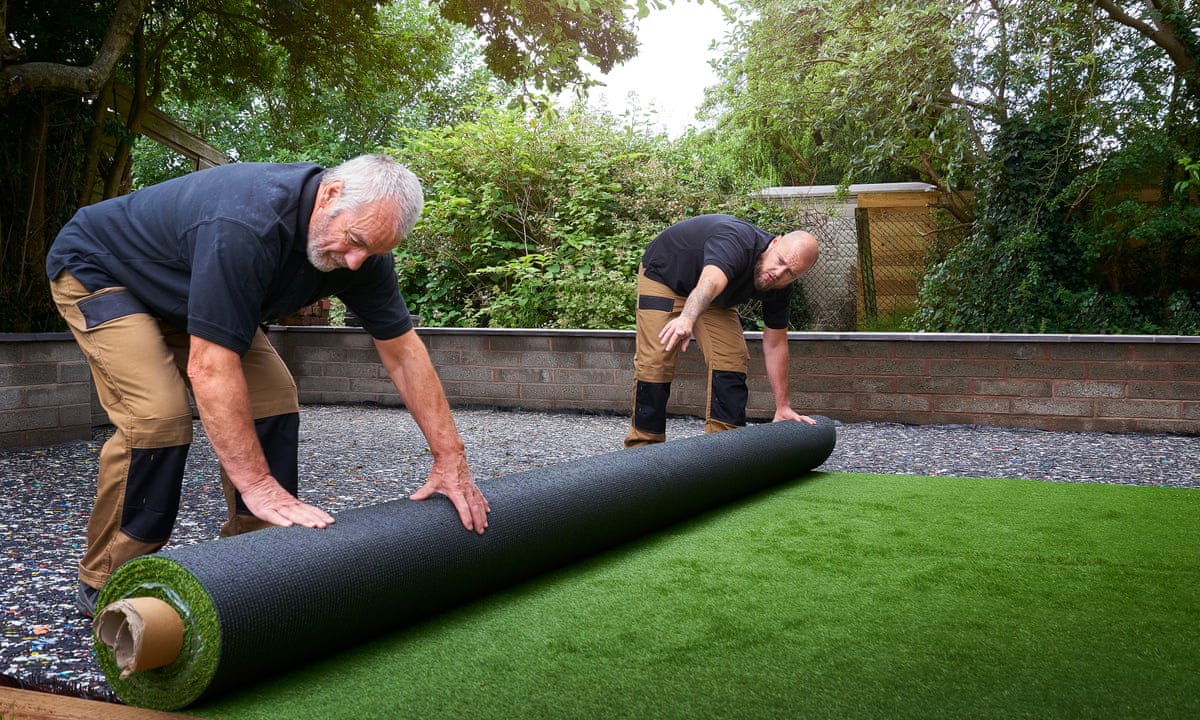
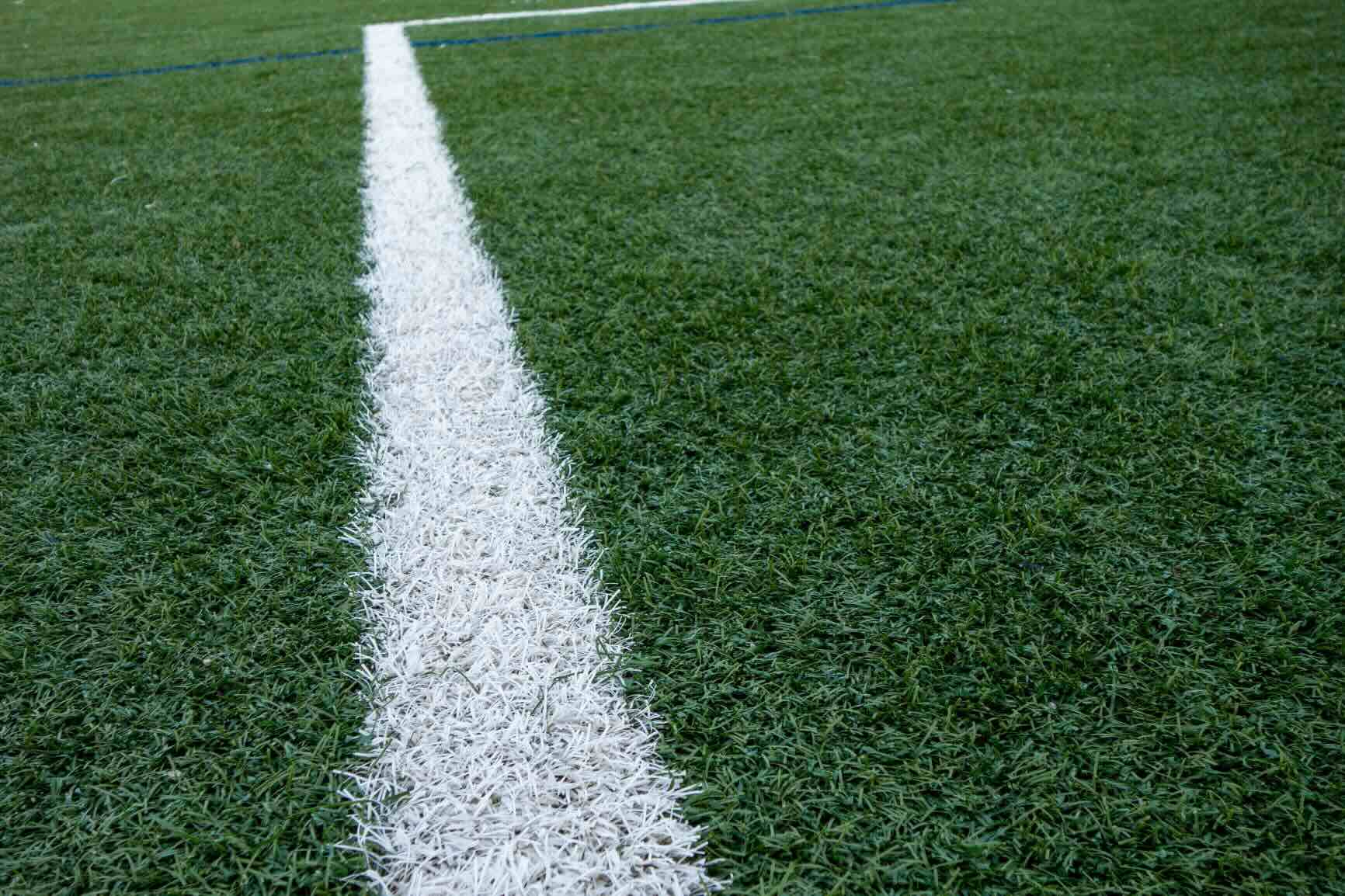
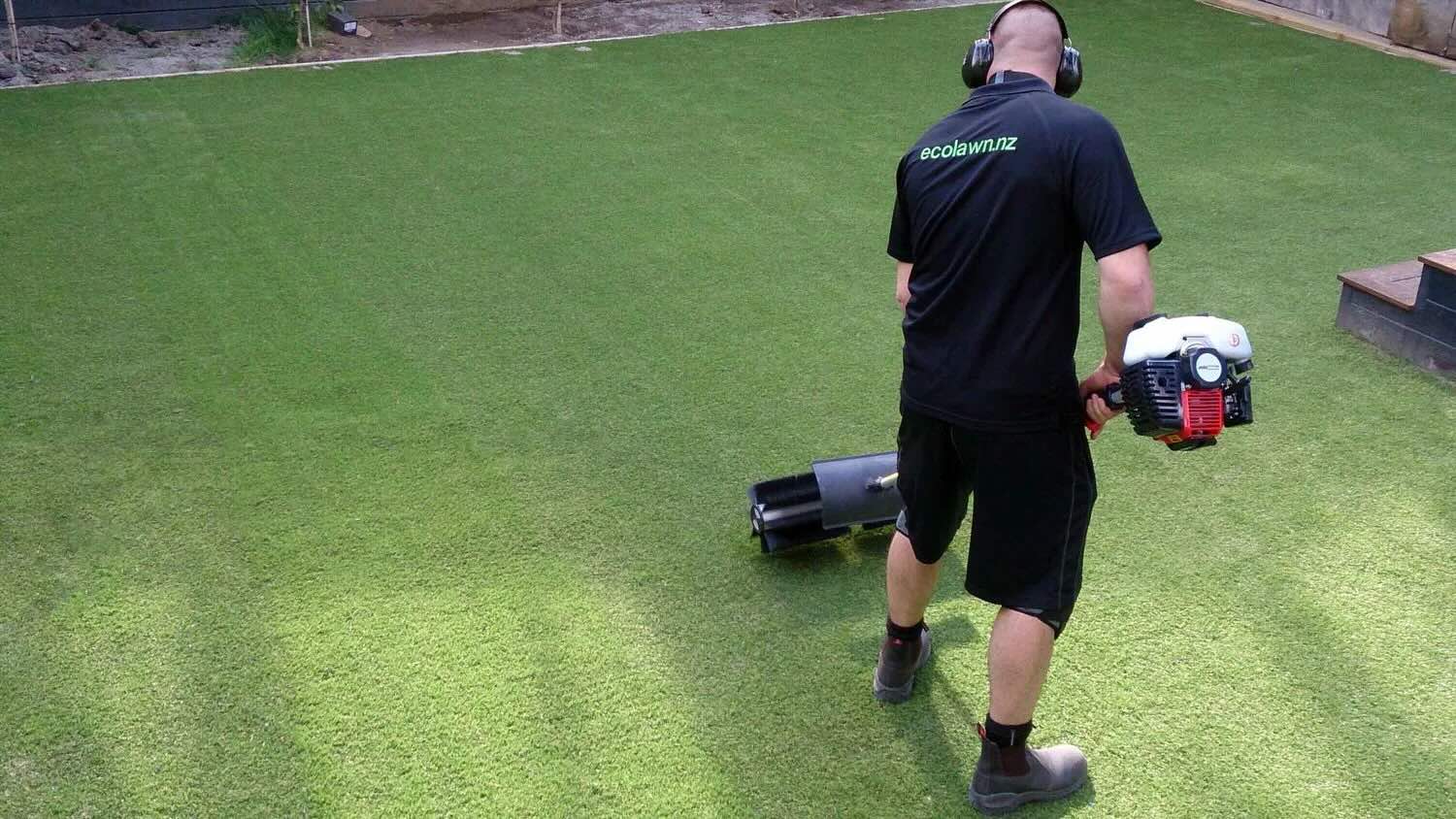
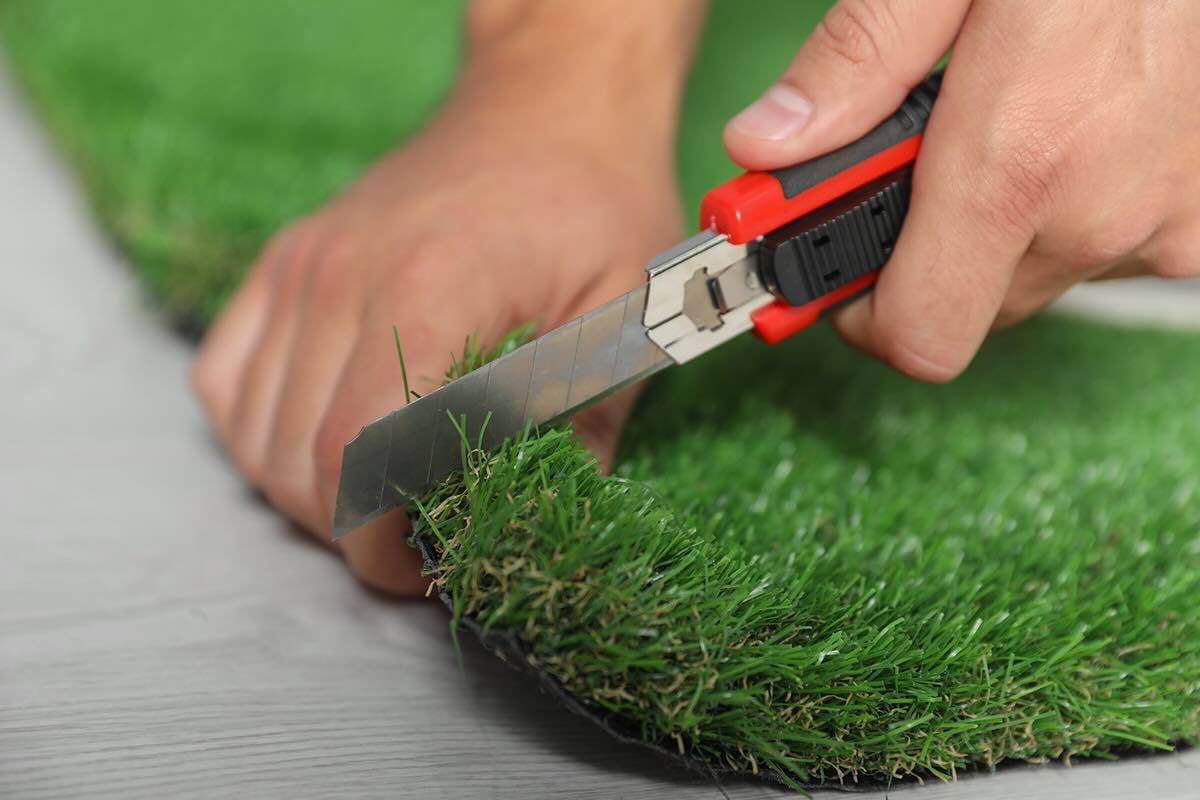
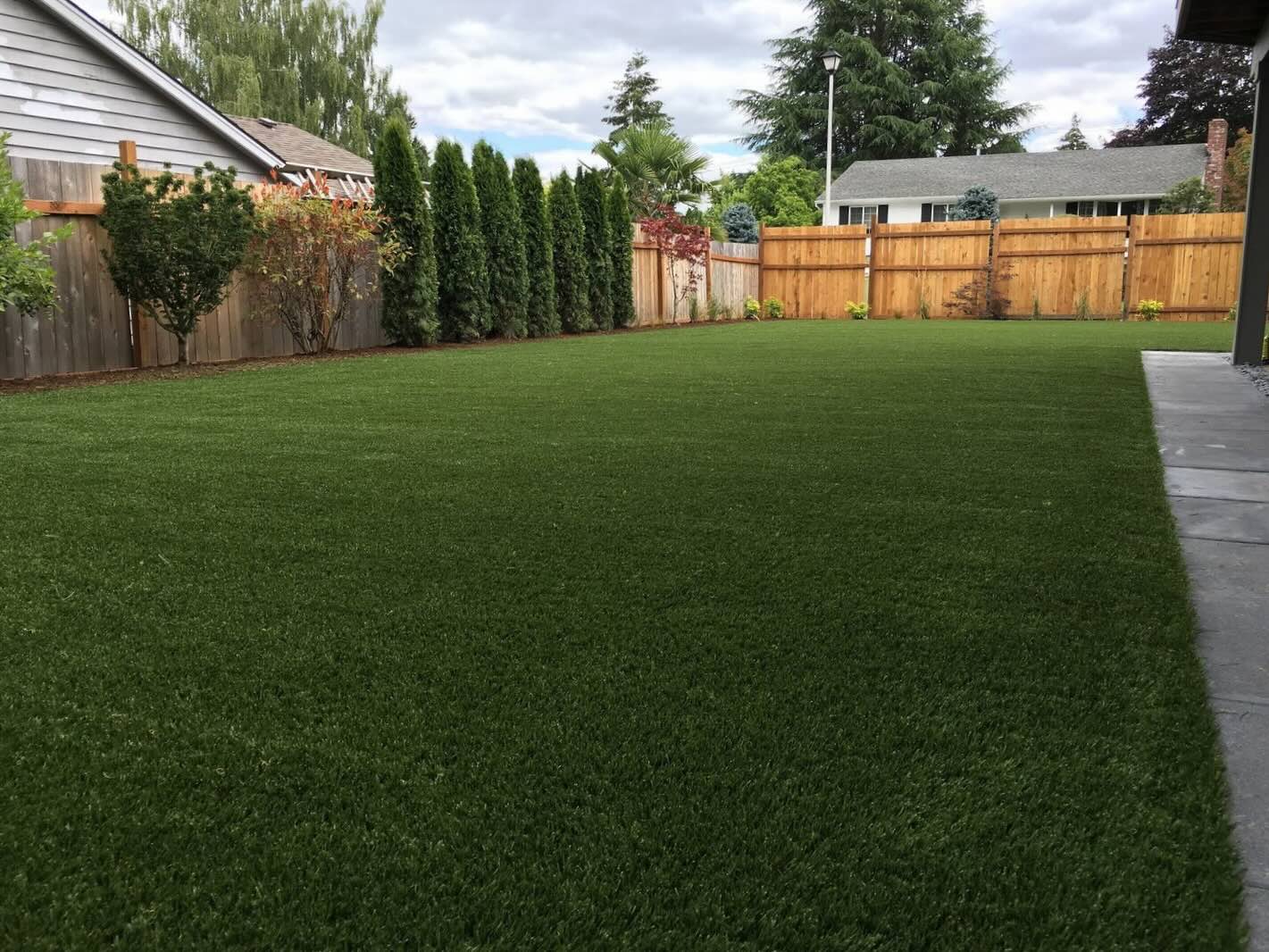
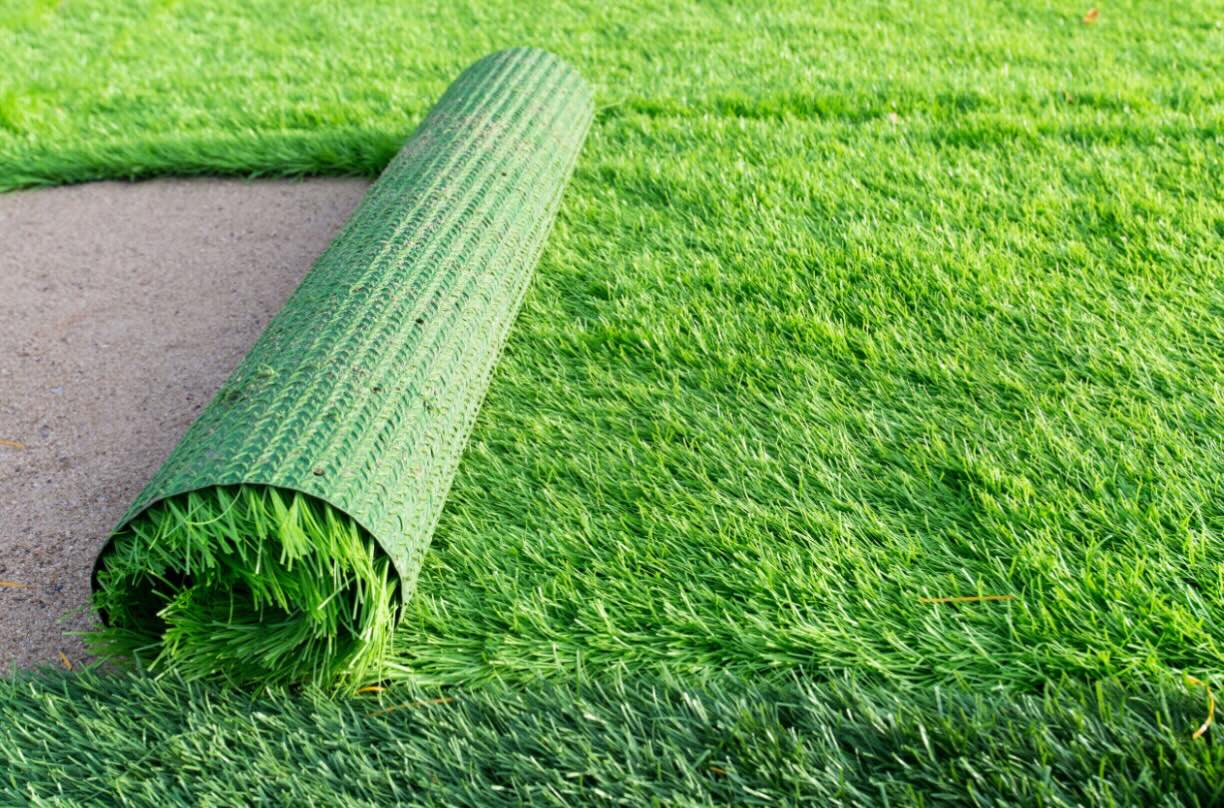
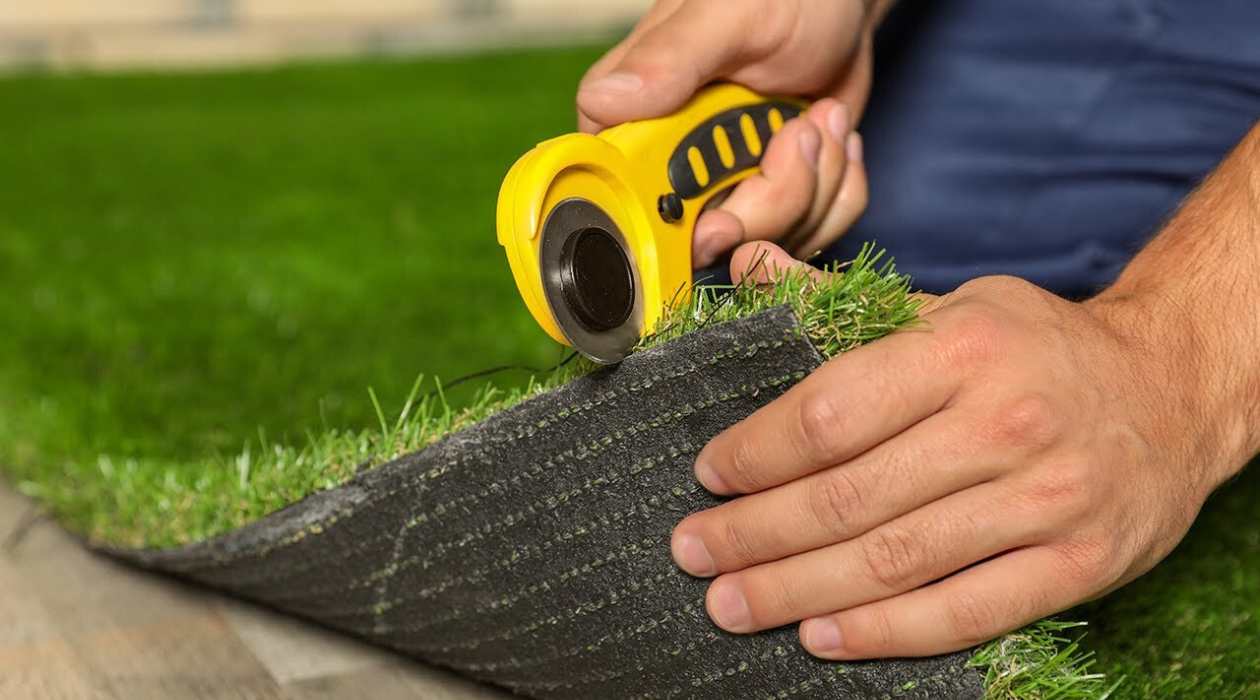
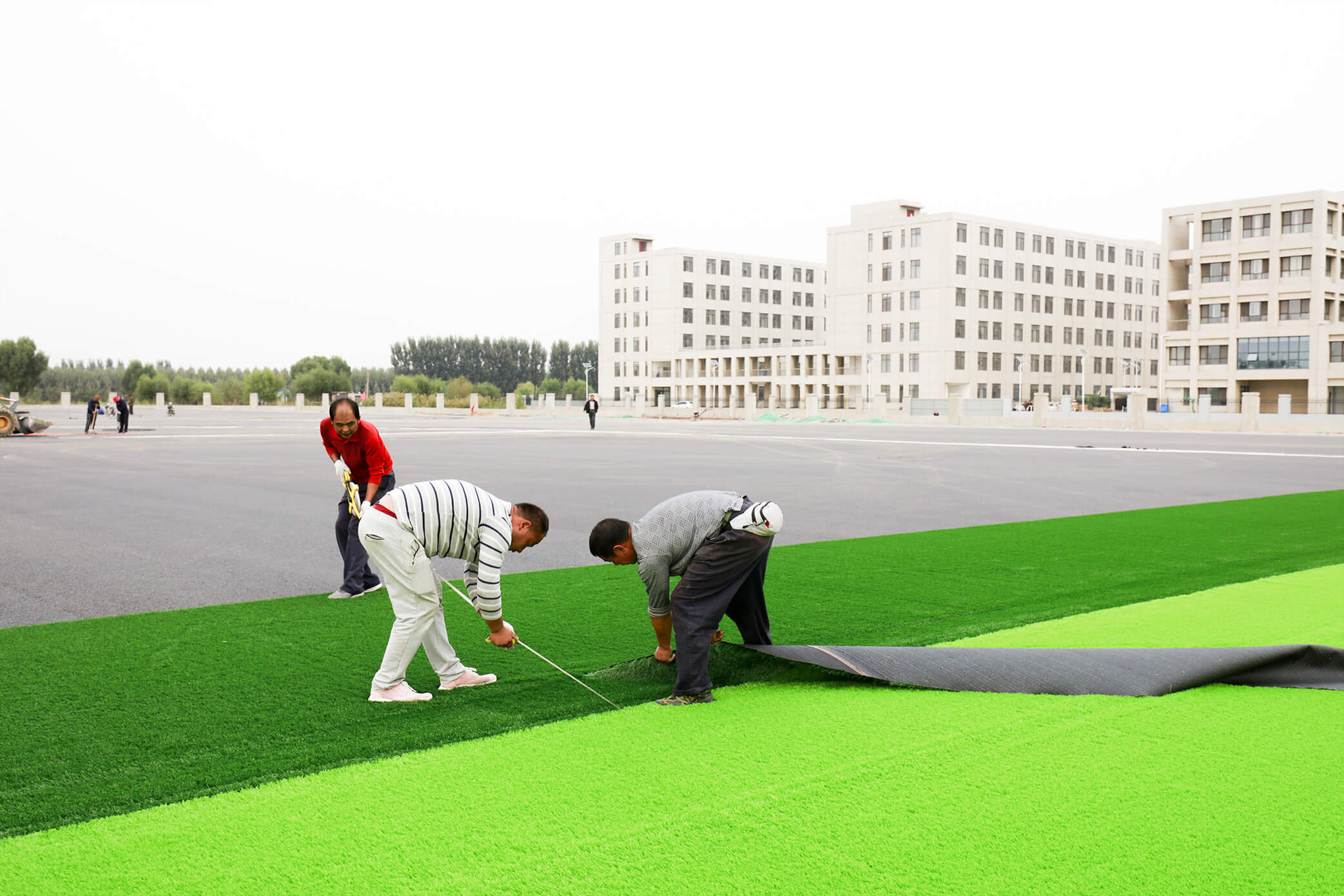
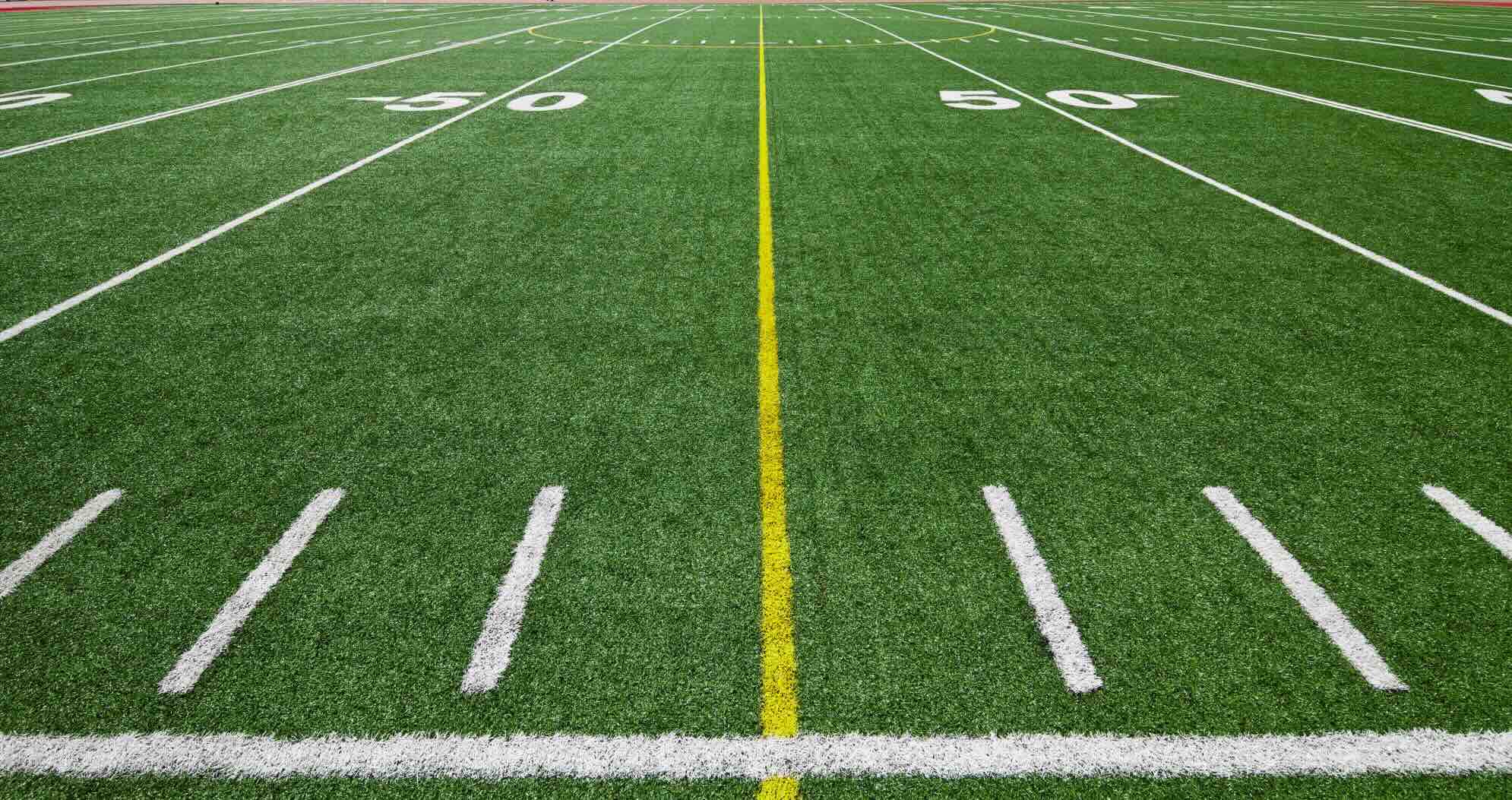
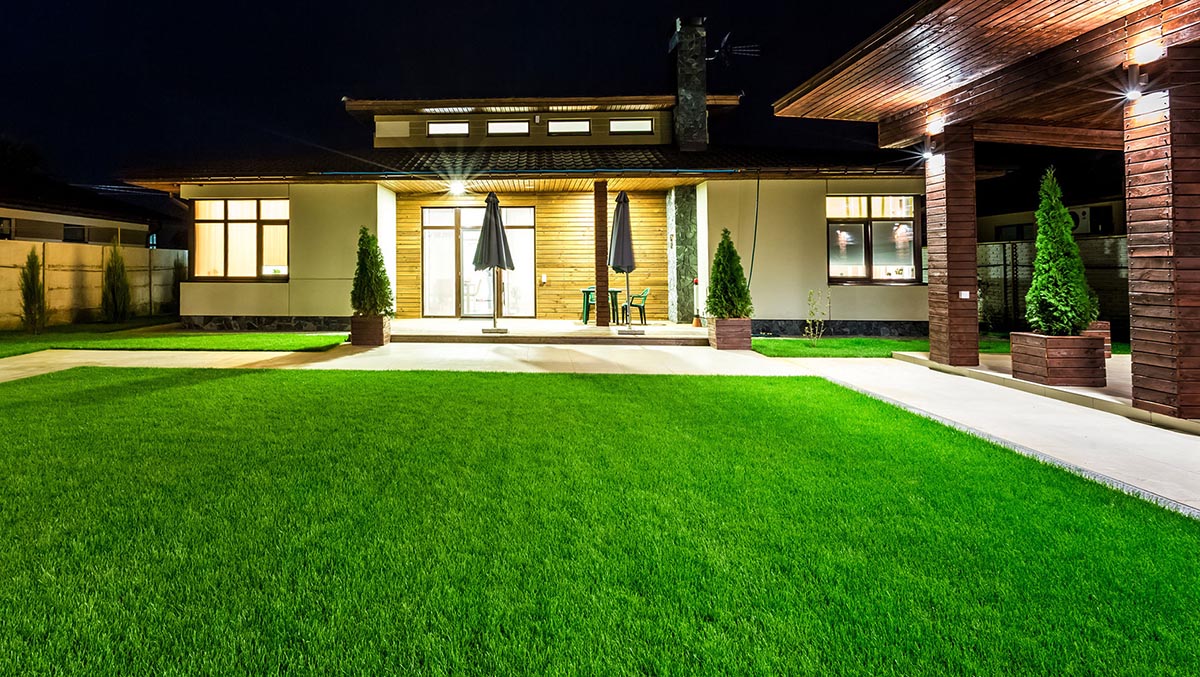
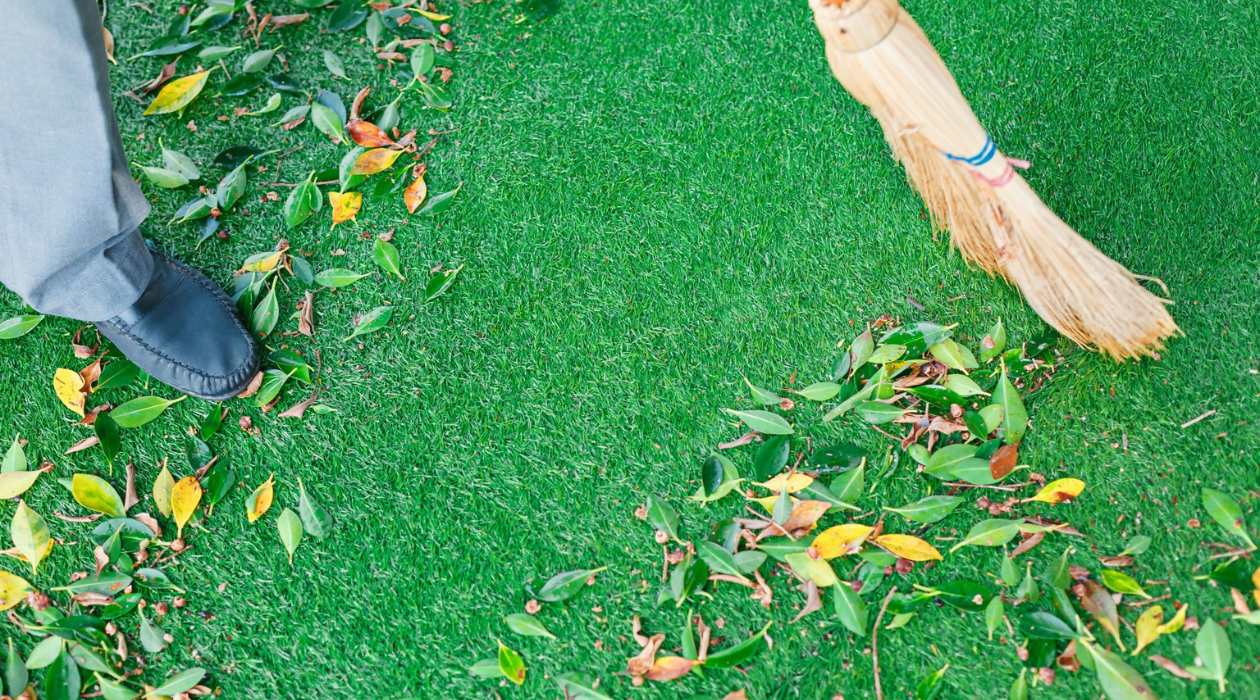
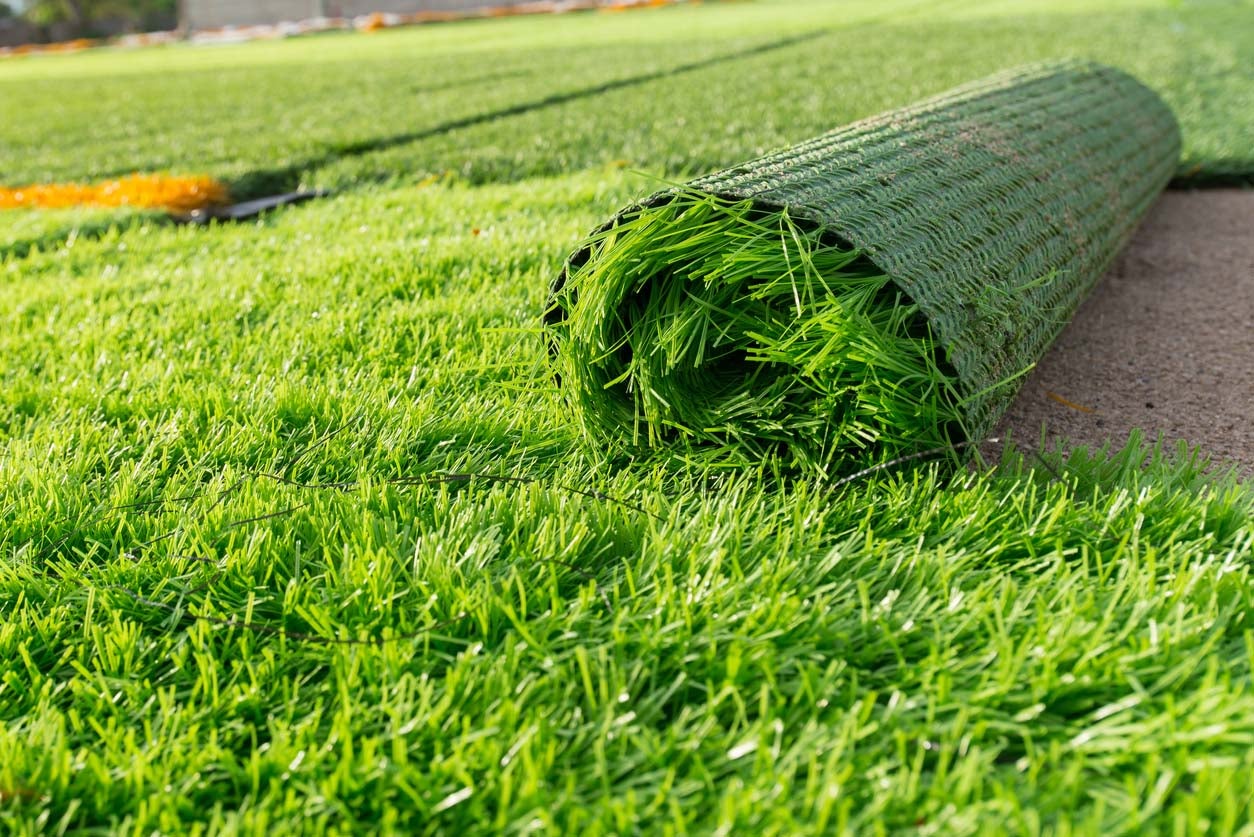
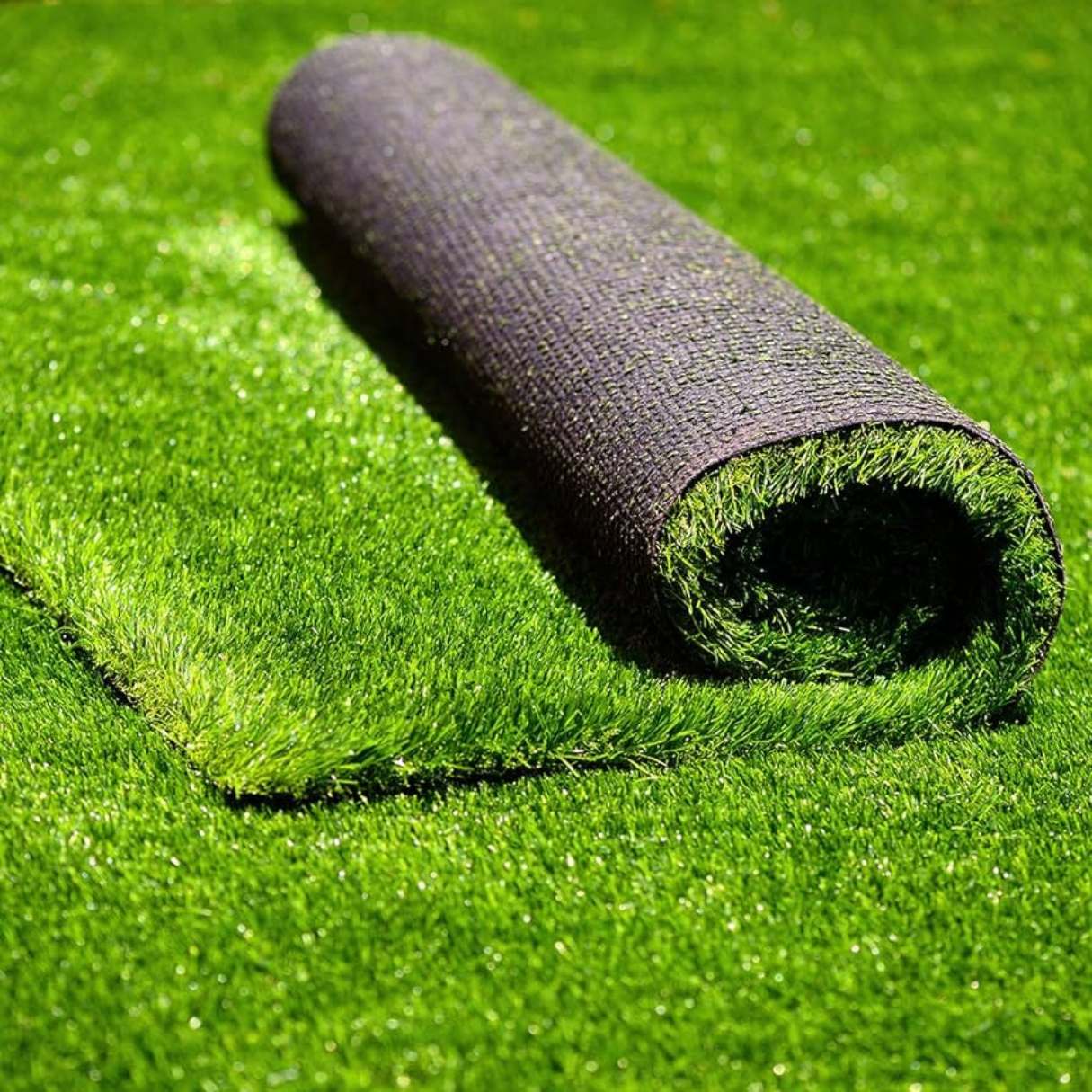
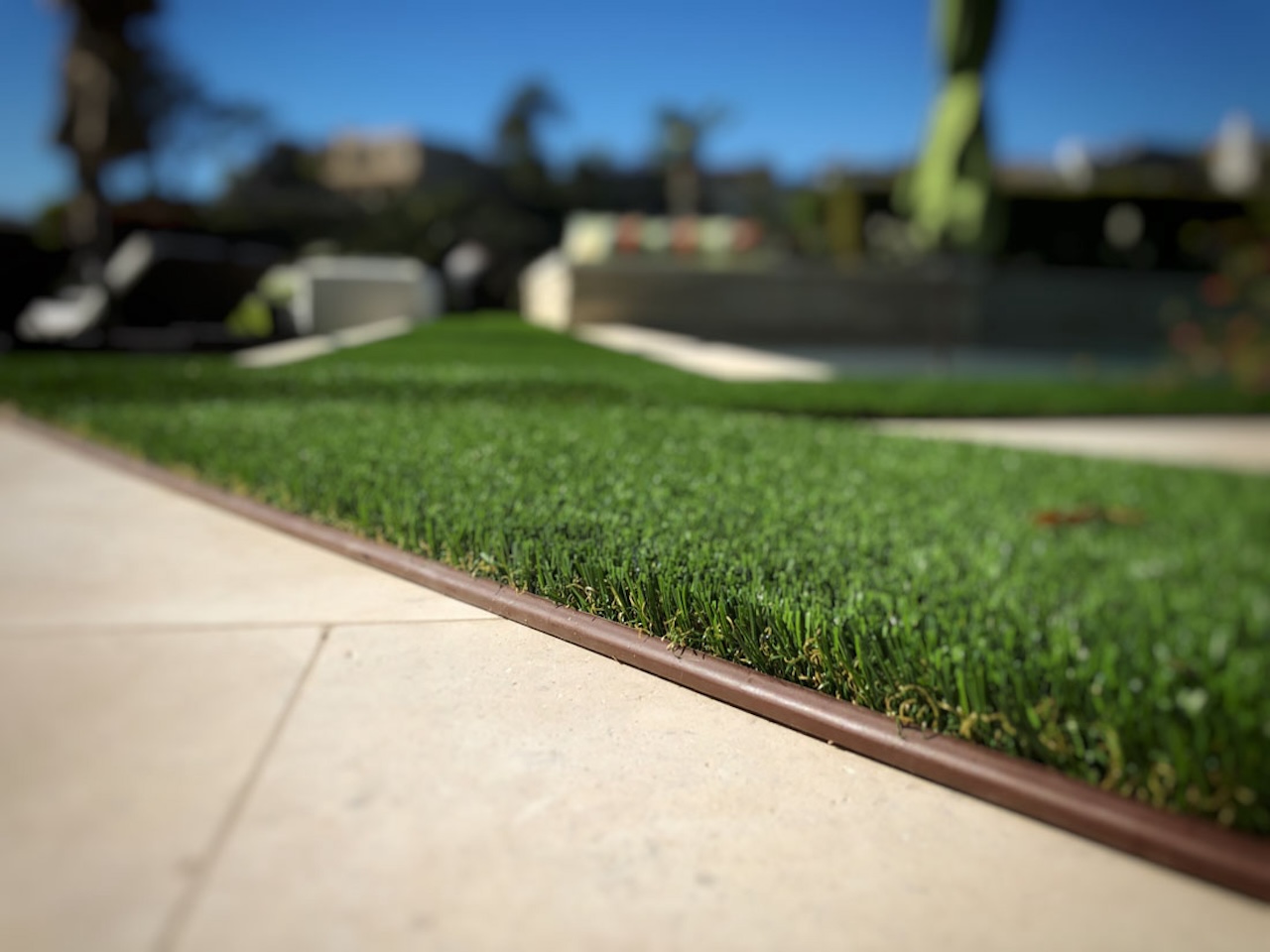

0 thoughts on “How Does Astro Turf Perform In Heat”